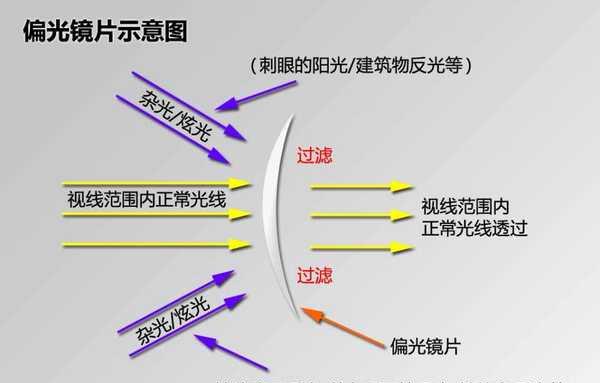Window Bars and Moon Viewing Physics
A unique optical phenomenon occurs when viewing the moon through window security bars - the image appears clearer than direct viewing. This involves diffraction, light scattering, and aperture effects that create an intriguing visual experience.

When it comes to observing celestial objects, particularly the moon, physics often presents us with fascinating phenomena that challenge our intuitive understanding of optics. A peculiar observation has emerged where viewing the moon through security bars on windows produces a surprisingly clearer image than direct observation.
The physics behind this phenomenon involves several key optical principles. The security bars effectively create an aperture system that modifies how light reaches our eyes. When moonlight passes through this restricted opening, it undergoes several optical effects:
First, the bars reduce the overall light intensity reaching our eyes. This reduction in brightness helps prevent overexposure, which often occurs when viewing bright objects directly. Our eyes, like cameras, perform better with optimized light levels rather than excessive brightness.
Secondly, the bars act as a natural aperture control system. In photography and optics, smaller apertures typically increase depth of field and image sharpness. The security bars create a similar effect by limiting the angular spread of incoming light rays, reducing optical aberrations that can blur our vision.
The size relationship between the bars and the wavelength of visible light plays a crucial role. Unlike sound waves, which have wavelengths of several centimeters and can easily diffract around large obstacles, visible light has wavelengths of hundreds of nanometers. This means the bars primarily act as an optical filter rather than causing significant diffraction patterns.
The bars also help reduce atmospheric distortion effects. When viewing the moon directly, atmospheric turbulence can cause image degradation. The restricted viewing angle through the bars minimizes these effects, similar to how astronomers use specialized equipment to reduce atmospheric interference.
For near-sighted observers, this arrangement provides an additional benefit. The reduced light intensity and controlled aperture create conditions similar to the pinhole effect, which can temporarily improve focus for those with myopia. This explains why some viewers report exceptional clarity when using this viewing method.
Understanding this phenomenon requires consideration of how human vision works. Our eyes dynamically adjust to light levels, and the pupil naturally dilates in darkness. The security bars help maintain optimal light levels for our visual system, preventing the automatic pupil adjustments that might otherwise reduce image clarity.
This observation connects to broader principles in optical physics and demonstrates how everyday objects can create unexpected improvements in our ability to observe astronomical phenomena. The interaction between light, apertures, and human vision continues to provide insights into both physics and perception.